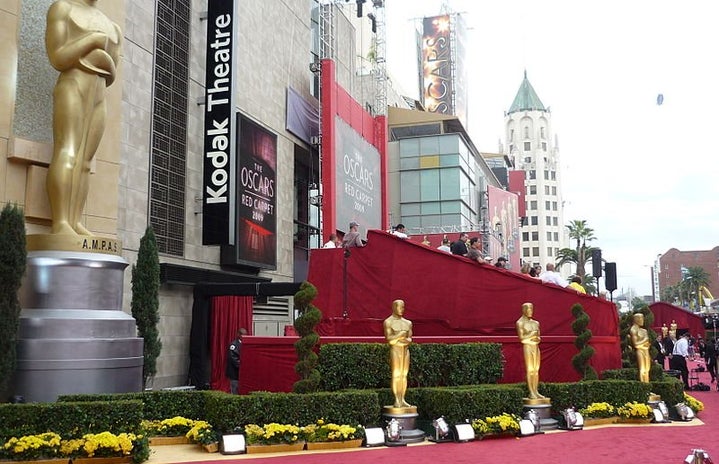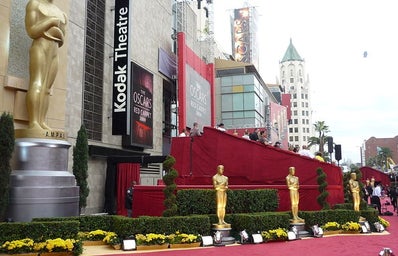Although necessitating vigorous planning and production to execute properly, science fiction films have been notoriously snubbed by the best costume Oscar. Yet, the covertly sexual motifs and the various selections of striking, documented trends to create the vaguely historical visuals for “Poor Things” appeared to have done enough to catch the attention of the Academy this year.
A consistent Oscars trend has been the Academy interpreting the historical subsidiary of costuming as superior with often little acknowledgement for modern and fantastical wardrobes. However, one of this year’s nominations, “Poor Things”, isn’t your typical historical movie. Accordingly, costume designer Holly Waddington transcended various decades and genres to create the not rigidly accurate costumes for the time period, the 1880s, as envisioned by director Yorgos Lanthimos.
The overarching goal for the costumes of the main character Bella Baxter was to be the embodiment of her journey from a mentally infantile woman to an enlightened and sexually liberated one. To begin, Bella has little social awareness, yet her mistress Mrs. Prim assists in dressing her. She’s consequently covered with childish fabrics such as quilting, ruffles, and seersucker. To reference her rebirth she also infamously wears a blouse that resembles female genitalia with a slash down the middle and extending petals on each side. Yet, when she ventures off to Lisbon with debauched lawyer, Duncan Wedderburn, she sheds her lifestyle of being restricted to living as a child along with her caretakers. When she arrives in Lisbon in a pale blue travel suit, Waddington imagined this as Prim’s final outfit creation for Bella, where she’s on her own after. Evident by the fact that while traveling around with Wedderburn, she’s often half-dressed, evocative of how many children are in a consistent state of undress. Although realistically Bella would’ve been reprimanded for this in the 1880s, she simply stands out visually, but this plays in the unrealistic element of the film. In addition, Bella employed yellow, paired with her black hair in her color palette to notify others of her due to their connotations as natural warning colors, for example with wasps and bees.
When she encounters forward thinkers Harry and Martha on the cruise ship, they’re dressed in 1930s silhouettes to indicate their progressive demeanors. This marks Bella’s draw towards more form-fitting structures and the 1890s fad, leg of mutton sleeves, giving her a sense of empowerment. Waddington forwent the common corsetry of the time as it felt too shackling for such a liberated character. After her creator, Godwin falls terminally ill, she renews her plan to marry his assistant Max. Her captivity is then reinstituted and reflected in her wedding dress, designed to be reminiscent of a cage with bands of silk tied around her, completed with a netted veil. When Bella escapes these men and joins medical school, she dresses in a masculine, well-tailored uniform in all black. Here the film sheds the predominantly pink color palette, which had embodied the sensuality of the movie. It’s something less conspicuous, demonstrating how she has adjusted to clothing conventions of the time. Although, since the film was part science fiction, an abundance of the characters while wearing Victorian silhouettes, they’re clothes are often made of plastics and latex to give the film a discombobulated aesthetic.
Ultimately, did the risk of breaking historical costume conventions for otherworldliness elements pay off enough to garner “Poor Things” the honor?


